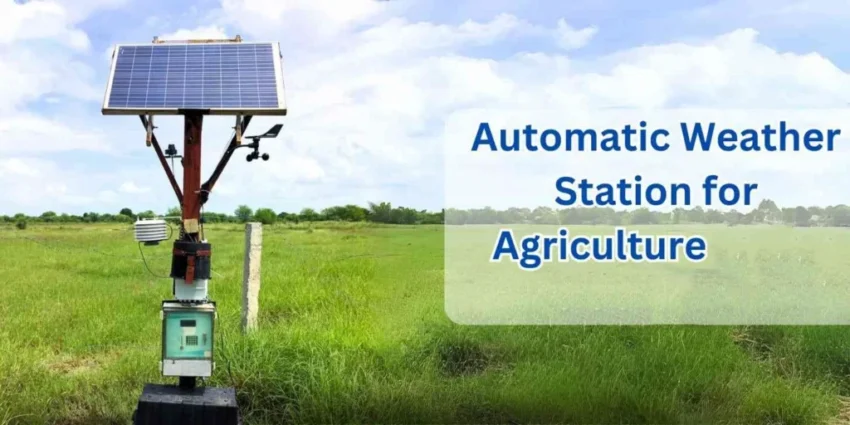
# Automated Weather Station: Revolutionizing Meteorological Data Collection
## Introduction
In the ever-evolving world of meteorology, the automated weather station (AWS) has emerged as a game-changer. These sophisticated systems are transforming the way we collect, analyze, and utilize weather data, providing unprecedented accuracy and efficiency in meteorological observations.
## What is an Automated Weather Station?
An automated weather station is a comprehensive system designed to measure various atmospheric parameters without the need for constant human intervention. These stations typically consist of multiple sensors, data loggers, and communication systems that work together to provide real-time weather data.
### Key Components of an AWS
1. Sensors: Measure various atmospheric parameters
2. Data logger: Records and stores collected data
3. Power supply: Ensures continuous operation
4. Communication system: Transmits data to central servers
5. Mounting structure: Supports and protects the equipment
## Advantages of Automated Weather Stations
The implementation of automated weather stations has brought numerous benefits to the field of meteorology:
### 1. Continuous Data Collection
Unlike traditional manual observations, AWS can collect data 24/7, providing a more comprehensive picture of weather patterns and trends.
### 2. Improved Accuracy
With advanced sensors and calibration techniques, automated stations offer more precise measurements than manual observations.
### 3. Cost Efficiency
While the initial investment may be significant, AWS reduces long-term operational costs by minimizing the need for human resources.
### 4. Remote Accessibility
Data from AWS can be accessed from anywhere, enabling meteorologists and researchers to monitor weather conditions in real-time.
## Applications of Automated Weather Stations
Automated weather stations have found applications in various sectors:
### 1. Agriculture
Farmers use AWS data to optimize irrigation schedules and predict crop yields.
### 2. Aviation
Airports rely on AWS for accurate weather information crucial for flight operations.
### 3. Disaster Management
Early warning systems based on AWS data help in predicting and mitigating natural disasters.
### 4. Climate Research
Long-term data from AWS contributes significantly to climate change studies.
## Challenges and Future Developments
While automated weather stations have revolutionized meteorological data collection, they still face some challenges:
### 1. Maintenance Requirements
Regular calibration and maintenance are essential to ensure data accuracy.
### 2. Power Supply Issues
Remote locations may face difficulties in maintaining consistent power supply.
### 3. Data Security
As AWS become more connected, ensuring the security of transmitted data becomes crucial.
Future developments in AWS technology are expected to focus on:
– Enhanced sensor technology for more precise measurements
– Improved energy efficiency and alternative power sources
– Advanced data analytics and machine learning applications
– Integration with satellite systems for broader coverage
## Conclusion
Automated weather stations have undoubtedly transformed the field of meteorology, providing more accurate, reliable, and timely weather data than ever before. As technology continues to advance, we can expect these systems to become even more sophisticated, further enhancing our understanding of weather patterns and climate change. The widespread adoption of AWS across various industries underscores their importance in our increasingly weather-dependent world, making them an indispensable tool for modern meteorology and beyond.
Keyword: automated weather station
